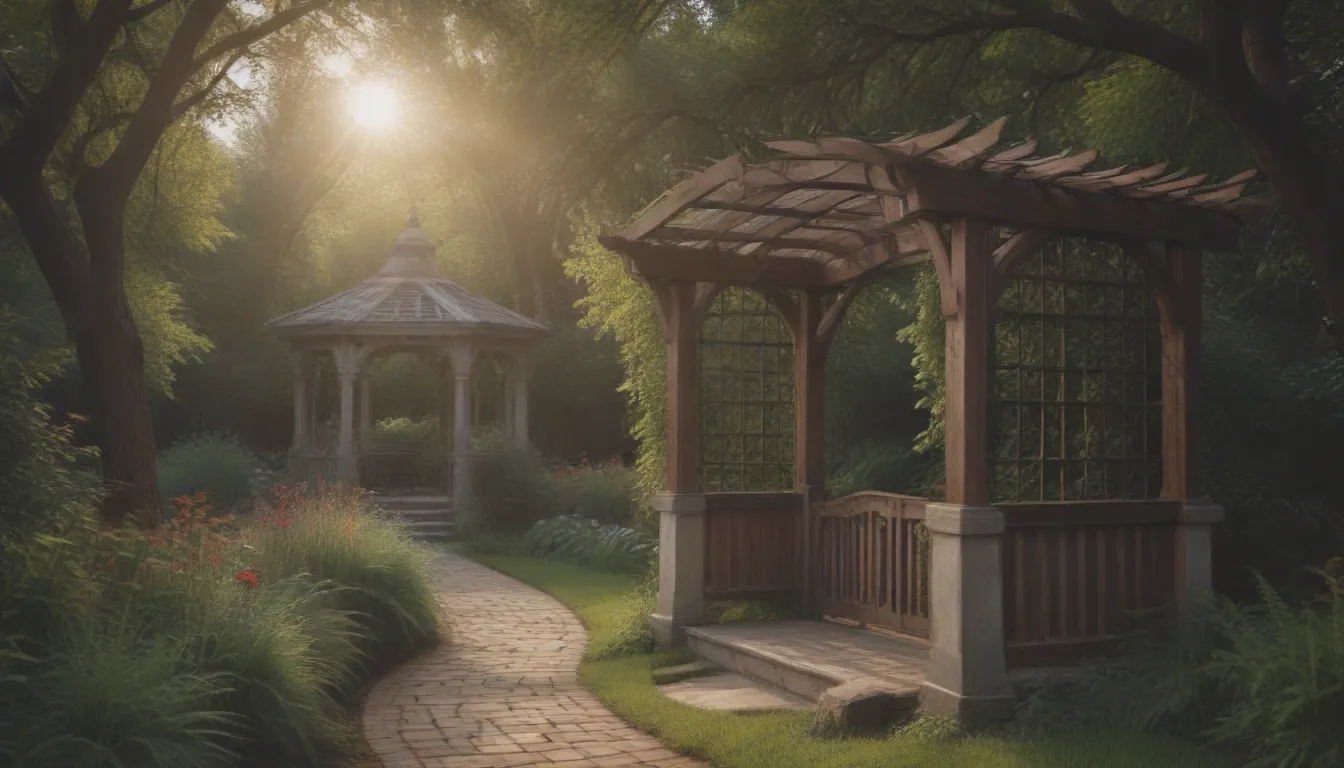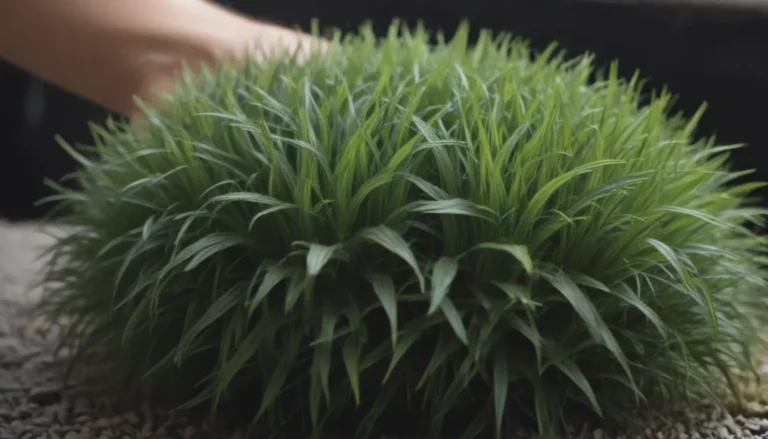Understanding the Beauty and Functionality of Arbors in Your Garden

If you are a gardening enthusiast or someone who loves spending time outdoors, you may have come across the term “arbor.” But what exactly is an arbor, and how can it enhance the beauty and functionality of your garden or outdoor space? In this comprehensive guide, we will delve into the world of arbors, exploring their purpose, design basics, and how they compare to other garden structures. Whether you are a seasoned gardener looking to add a new element to your landscape or a novice seeking to learn more about outdoor structures, this article will provide valuable insights to help you make informed decisions.
Discovering the World of Arbors
An arbor is a vertical structure that adds a touch of elegance and charm to any landscape or garden. Typically made up of two or four posts with a simple slatted roof, an arbor can be a standalone feature in your garden or attached to a fence, wall, or structure. The sides of an arbor can be open or covered with lattice or trellis work, creating a cozy and intimate space for vines to flourish. Arbors are versatile structures that not only add aesthetic appeal but also serve practical purposes in a garden setting.
Did You Know? An arbor is distinct from a pergola, which lacks side structures and only consists of posts supporting a roof.
The Purpose of an Arbor in Your Garden
Arbors serve both aesthetic and functional purposes in a garden. They can provide shelter, privacy, and shade, serving as an accent piece that blends seamlessly with the landscape. Whether placed over paths, entryways, or benches, an arbor creates a distinct focal point while supporting colorful and fragrant vines, flowers, fruits, and climbing vegetables. Additionally, an arbor can help increase privacy and add shaded areas to your outdoor space, making it a versatile and essential element of garden design.
Key Purposes of an Arbor:
- Providing shelter and shade
- Enhancing privacy
- Supporting climbing plants
- Adding a focal point to your garden
Arbor Building Basics
When it comes to building or choosing an arbor for your garden, there are some essential factors to consider. From size and material to design details, each element contributes to the overall look and functionality of your arbor.
Size:
Arbors come in various sizes, typically ranging from 4 to 10 feet wide and 8 to 10 feet high. It’s crucial to measure the space in your garden where the arbor will be placed to ensure it complements your landscape without overpowering or appearing too small.
Material:
Arbors can be constructed from treated or weather-resistant lumber, as well as materials like bamboo or iron. It’s essential to choose a sturdy material capable of supporting climbing vines and plants as they grow.
Design:
Consider incorporating architectural details that complement your home when designing an arbor. Whether freestanding or attached, an arbor consists of columns or posts supporting horizontal beams, rafters, or arches. The design can vary from basic to intricate, depending on your aesthetic preferences.
Arbor vs. Other Garden Structures
Understanding the distinctions between arbors and other garden structures, such as pergolas, gazebos, and trellises, can help you choose the right feature for your outdoor oasis. Each structure offers unique benefits and design elements that cater to different garden aesthetics and functions.
Arbor vs. Pergola:
While similar in construction, arbors and pergolas have distinct differences. A pergola typically features a roof supported by columns, creating a shaded space that can be attached to a house or left standalone. In contrast, an arbor has side structures with an open roof, allowing vines to grow and provide shade.
Arbor vs. Gazebo:
Gazebos and arbors both offer shelter and seating areas in a garden setting, but they differ in size and structure. A gazebo is larger and more enclosed, with a solid roof overhead, while an arbor is open and airy, with vines growing on its sides and roof.
Arbor vs. Trellis:
An arbor is a substantial structure that defines a walkway or path, often incorporating a trellis for climbing plants. In comparison, a trellis is smaller and more delicate, providing support for plants without being a standalone feature like an arbor.
By understanding the unique features and purposes of each garden structure, you can make an informed decision on which one best suits your outdoor space and gardening needs.
Enhancing Your Garden with Arbors
In conclusion, arbors are versatile and visually appealing structures that can transform your garden into a welcoming and enchanting space. Whether you choose to build a DIY arbor or purchase one from a garden center, incorporating this feature into your landscape design can elevate the overall aesthetic and functionality of your outdoor oasis. With their ability to provide shelter, support climbing plants, and add a focal point to your garden, arbors are a valuable addition to any gardening enthusiast’s toolkit.
Next time you stroll through your garden or spend a leisurely afternoon outdoors, take a moment to appreciate the beauty and charm that arbors bring to your outdoor space. With their timeless design and practical benefits, arbors are sure to become a beloved feature in your garden for years to come.





